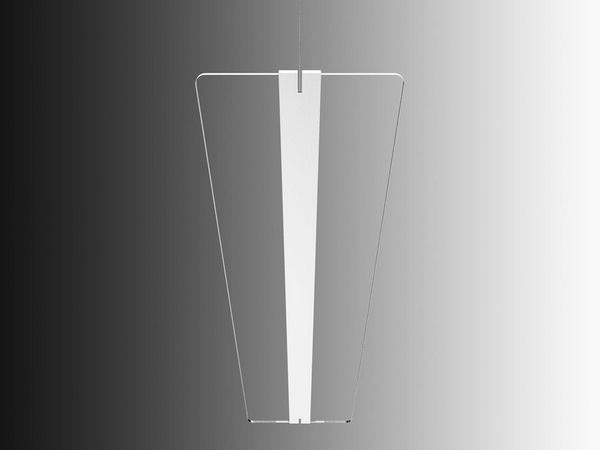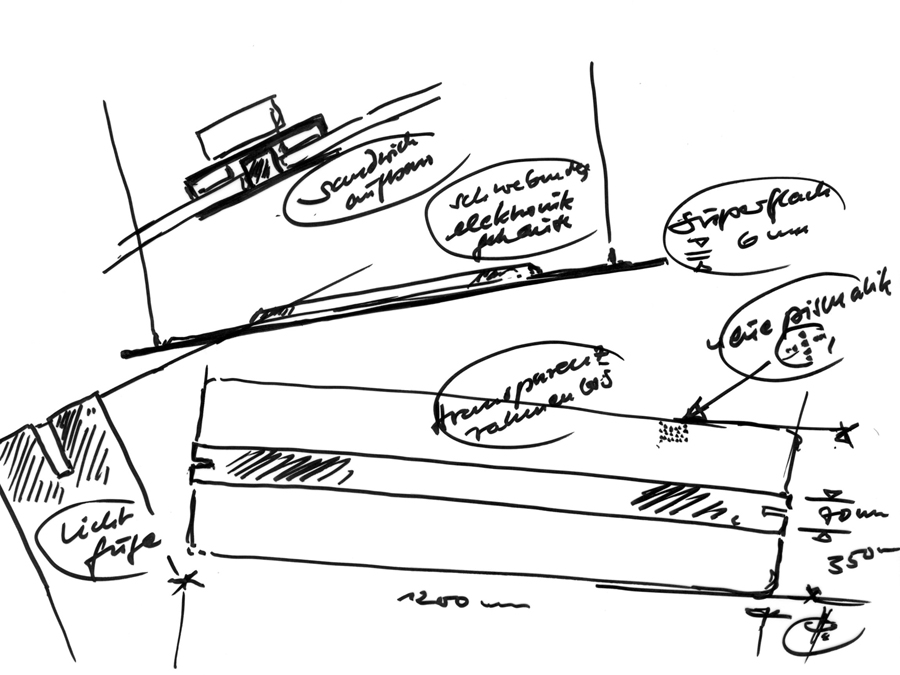 |
 |
|
hartmut s. engel - design studio has developed a lighting system for Zumtobel that systematically follows this holistic concept, gracefully dissolving the object in its materiality. (All photos courtesy of Zumtobel / hartmut s. engel - design studio) |
A luminaire that seems to almost invisibly release light into the space is an aesthetic ideal. hartmut s. engel - design studio has developed a lighting system for Zumtobel that systematically follows this holistic concept, gracefully dissolving the object in its materiality. Zumtobel to Hartmut S. Engel about the creation of this luminaire.
 |
|
Designer Hartmut S. Engel. |
What was the vision behind the luminaire?
Light emanating from an invisible "cloud" in the room is for me personally the ultimate dream for a luminaire, so we really focused on this idea during the "Dematerialised Lighting" design process. Driven by my passion for minimalist product structures, we have crafted this pendant into a light object that reduces the complexity of the constructive form, enabling us to integrate the “internal structure” as a deliberate design element in the overall aesthetics of the luminaire.
 |
|
Sketches of the design for Dematerialized Lighting. |
How was this ideal put into practice?
The latest LED lighting technology offered us the opportunity to move gradually closer to this ideal with the careful development of a distinctive light object. The result is an interesting transparency that helps the object merge almost invisibly into the architecture.
The relationship between light and space
By using this notion of "invisibility" as a holistic design concept, the luminaire could be realised in terms of materiality with the very same aesthetics as our actual plans, so that the structure of the technical lighting transparency allows a smooth transition of the light object into the surrounding space.
One of the first design sketches up to the production of the prototype. © hartmut s. engel design studio
What role does light play as a design element? How is this revealed in the design concept of the luminaire?
Our "Dematerialised Lighting" approach includes the emotional element of the magical transition from transparency to light, because it is this shift that brings the entire functionality to life, making it visible to flood the space in all directions with soft, glare-free light. The aesthetic correlation of the minimalist structure in terms of object and light defines both the emotional value of the luminaire and the innovative product architecture.
The luminaire can be seen for the first time at Light + Building 2016 on Stand B30/31 in Hall 2.0.





 CN
TW
EN
CN
TW
EN













